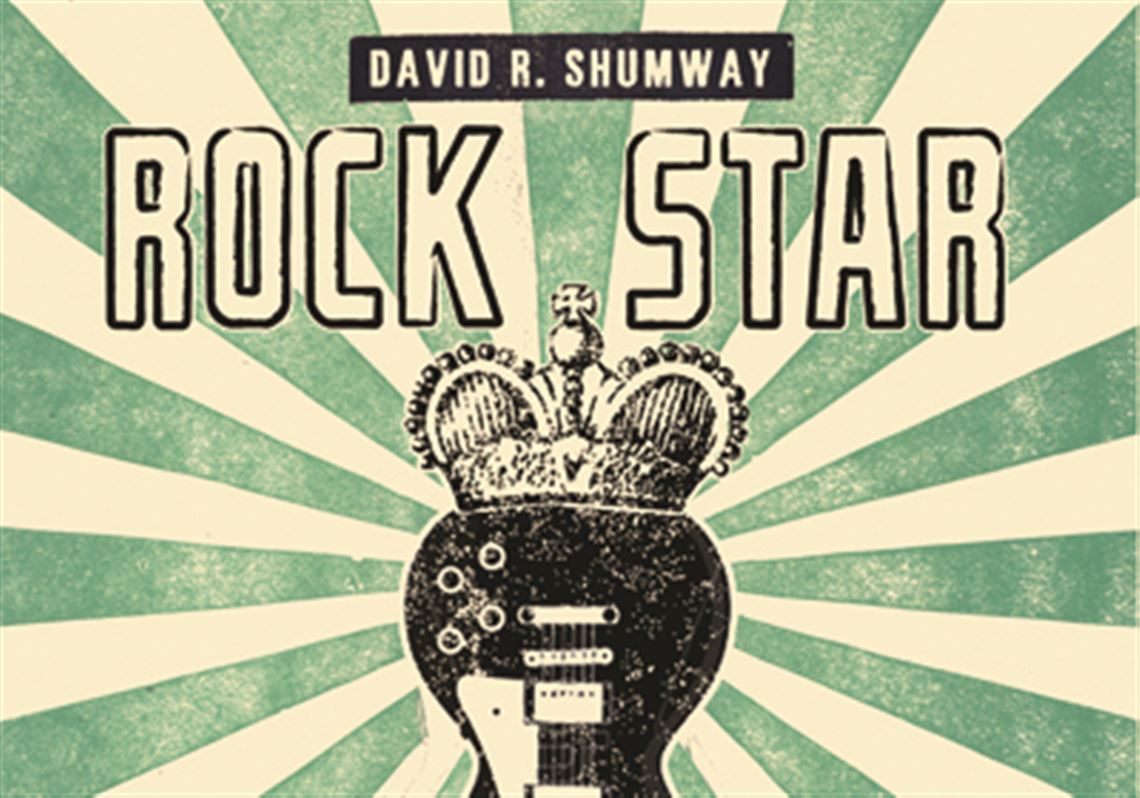What is a “Rock Star”? The very term conjures a variety of definitions with many individuals and groups coming to mind. In “Rock Star: The Making of Musical Icons from Elvis to Springsteen” (John Hopkins University Press, $29.95), David Shumway attempts to characterize the persona and cultural significance of a rock star through seven diverse artists.
The choice of artists is, by his own admission, of a personal nature. The professor of English and cultural studies at Carnegie Mellon University says he is a fan of them all. They include: Elvis Presley, James Brown, Bob Dylan, the Rolling Stones, the Grateful Dead, Joni Mitchell and Bruce Springsteen.
Each brings a unique contribution that the author feels makes them important in the perception of how rock stars are viewed culturally. They each developed a rapport with their audience that extended well beyond their music.
For example, Elvis Presley’s early impact was of a highly visual nature based on his early television appearances. Mr. Shumway chooses to examine this facet of his career in detail as a starting point on the concept of a rock star as persona, as it transitioned from movie stardom.
James Brown is examined in many facets of his career as he shifts from “the hardest working man in show business” to “Soul Brother Number One” to the “Godfather of Soul.” Each change presented a shift in his cultural and eventually his political significance to the black community and his audience in general.
Bob Dylan also had a similar pattern of change, but he used it to evolve as an artist rather than being stuck in a particular musical style. This allowed him to broaden not only his songwriting but also his significance to his audience.
Bruce Springsteen’s working-class image is put under the microscope in an ongoing debate as his career and lyrics are scrutinized for authenticity. The exclusion of a variety of “rock star” worthy artists may mystify some readers whose personal concept may rely on their own subjective favorites.
Mr. Shumway cites “career longevity” as the criterion for his selections, which may account for the absence of some notable artists, the Beatles in particular, come to mind.
The author presents some insightful thoughts on the evolution of the idea of a rock star as a persona dating back to the early movie idols. He explains how the studios fostered an image of a star with regards to the public perception. Then he explains the transition from movie star to rock star with the record companies replacing the studios in the process.
Also of interest is his assessment of where rock music seems to be heading in the future within the scope of the current media trends and the internet. The impact of online exposure and the proliferation of niche-based acts are discussed as is the concept of acts that are funded by the patronage of their fans.
Mr. Shumway’s previous works include “Creating American Civilization: A Genealogy of American Literature as an Academic Discipline,” as well as works on French philosopher and critic Michel Foucault and director John Sayles.
The overall feel of the work is one of a serious academic endeavor. It is quite well written with extensive endnotes. There is a sense at times that the author is trying to present an argument against existing theories of cultural celebrity. It may not have as much appeal to a younger audience, however, with Bruce Springsteen, Bob Dylan and the Rolling Stones being the most visibly current of the artists cited. Its greatest appeal will be to the classic rock generation.
Paul Zotter is a freelance writer living in the South Hills.
First Published: November 30, 2014, 5:00 a.m.

















